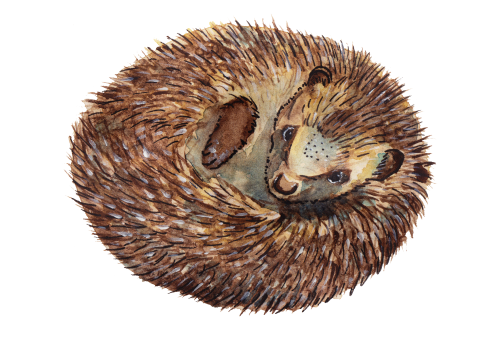
Ceri Thomas
Hedgehog decline
Hedgehogs are in decline in Britain and are now listed as "Vulnerable" on Britain's red list of mammals. According to the latest State of Britain's hedgehogs report, numbers of hedgehogs have fallen by up to 30% in urban areas and 50% in rural areas since the Millennium. There is no single cause, which makes it harder to tackle. Find out about the contributing factors below that may be having an impact on our hedgehogs.

Credit Deborah Wright
Habitat Loss
Loss of nesting and foraging habitat through development (urban) and hedgerow removal (rural) reduces the carrying capacity of the landscape. Hedgehogs may struggle to find somewhere to breed and hibernate, and to find enough food to survive.

Credit Deborah Wright
Habitat Fragmentation
Impermeable fencing and lack of connectivity through hedgerows can result in limited movement and isolated hedgehog populations. This can have genetic effects, and eventually the populations may become unviable and locally extinct.
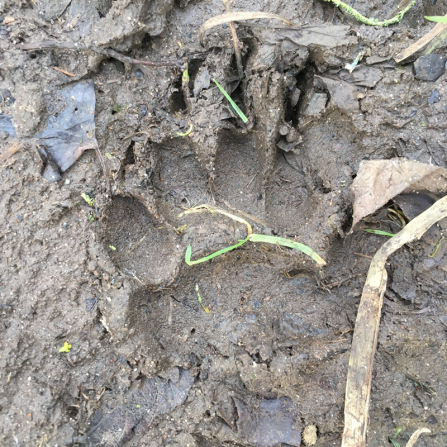
Credit Deborah Wright
Competition
Badger numbers are increasing, with an estimated 485,000 in England and Wales. They predate hedgehogs and fragment the landscape where hedgehogs avoid them. They also compete for food (e.g. worms, beetles). The relationship is complex but hedgehogs are decreasing in areas where badgers are absent too.
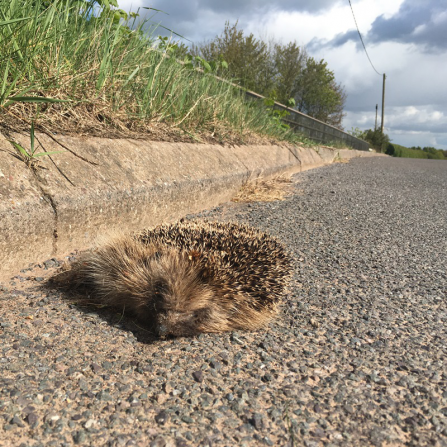
Credit Deborah Wright
Road Casualties
Up to 335,000 hedgehogs are estimated to die on British roads annually. Habitat modelling suggests that suburbs and villages are hotspots, with 9% of Britain’s road network classed as dangerous for ‘hogs. Roadkill peaks in the summer months. Roads also further fragment the landscape and may reduce hedgehog density by 30%, impacting local populations, especially isolated ones.
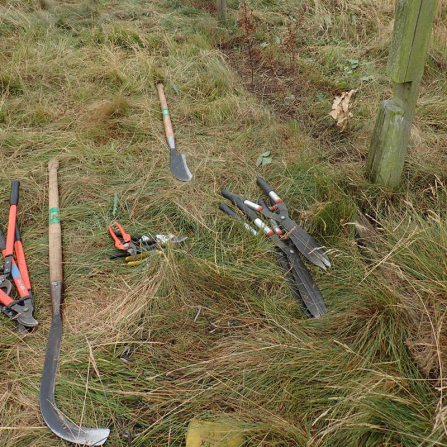
Credit Deborah Wright
Injuries
Hedgehogs are brought to rescue centres with garden injuries (e.g. from strimmers, netting, dog bites). Little is known about how this affects populations because there is currently no centralised recording of information from wildlife hospitals or hedgehog rehabilitation centres.
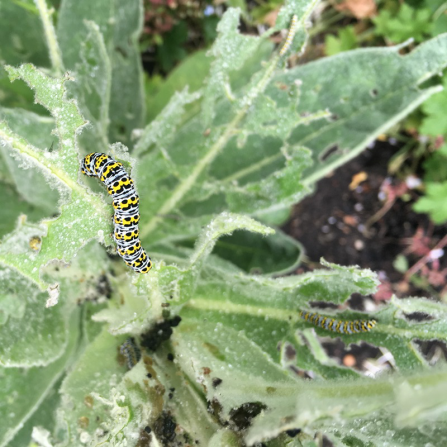
Credit Deborah Wright
Lack of food
Chemical treatment of land (e.g. pesticides, molluscicides, fertilizers) can perhaps lead to poisoning, but largely reduces invertebrate diversity and adundance. This can increase hedgehog mortality rates and impact fertility. There are also concerns over secondary poisoning from rodenticides.
The Conservation Strategy for the West-European Hedgehog is a working document that has been produced collaboratively. It outlines the key factors contributing to hedgehog decline and our conservation priorities to help save our hedgehogs.
